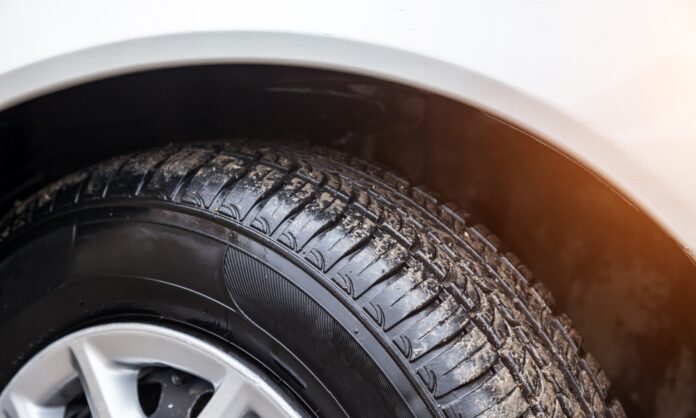Handling tires might seem straightforward, but there are hidden risks that businesses must account for, particularly when it comes to static electricity. Understanding static electricity risks in tire handling is key to maintaining workplace safety and minimizing hazards.
Understand How Static Electricity Builds During Tire Handling
Static electricity occurs when two materials rub together, causing an imbalance of electric charges. With tires, static electricity can develop during transportation, installation, or maintenance. Rubber compounds, often used in tire manufacturing, can quickly generate static electricity when in contact with other surfaces. This static electricity may discharge suddenly, creating unexpected sparks that could compromise safety, especially in environments with flammable substances.
Radial vs. Bias-Ply Tires: Impact on Static Buildup
Knowing the difference between radial and bias-ply tires can help with handling, as they develop static electricity at different rates. Radial tires, valued for flexibility and high-speed stability, differ from rigid, heavy-load-suited bias-ply tires. Radials are less likely to trap static charges, while bias-ply tires may generate static differently based on materials and use.
Store Tires in Safe and Controlled Environments
Factors like humidity levels and surface resistance affect how electric charges build up and behave. Low-humidity environments exacerbate static electricity risks, as drier air increases charge accumulation. Opting for controlled storage conditions can limit this buildup, making workplaces safer.
Use Electrostatic Discharge (ESD)-Approved Tools Whenever Possible
Handling tires with proper tools is crucial to minimizing static electricity risks. Tools built with ESD-approved materials dissipate charges consistently and prevent sparks from forming during operations. Antistatic mats, gloves, and workbench surfaces add another layer of protection by providing a path for charges to safely travel.
Train Employees in Safe Tire-Handling Practices
While tools are essential, employee training remains one of the most effective strategies for minimizing static electricity issues. Workers should know how to identify risks, reduce unnecessary friction during handling, and handle tires in ways that limit charge buildup. When employees are well-prepared to follow safe practices, organizations can keep operations running smoothly while reducing risks linked to static electricity accumulation.
Implement Grounding Solutions Within Key Workspaces
Grounding is a proactive measure when it comes to managing static electricity risks. Grounding reduces the likelihood of sudden discharges by creating a direct path for electrical charges to disperse safely. Installing antistatic flooring, workstations, or grounding straps where tire handling occurs can mitigate static electricity risks and provide peace of mind to employees.
Understanding static electricity risks in tire handling creates a safer environment for employees while safeguarding valuable assets. Taking small, precautionary steps now can lead to far-reaching safety benefits later.




